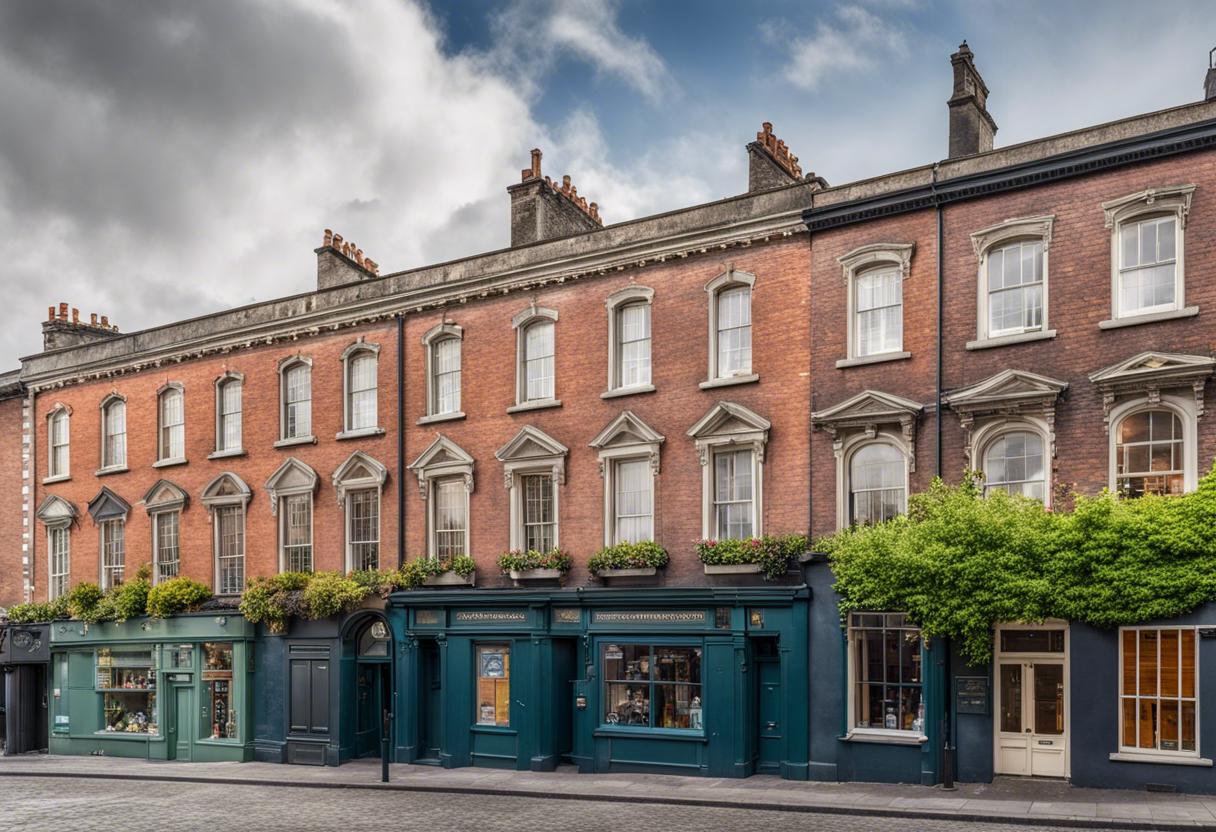The redevelopment of Dublin’s historic fruit and vegetable market dating back to the Victorian era is set to commence after being stalled for five years. City council chief executive, Richard Shakespeare, confirmed the renovation project forecasted to cost approximately €25 million.
In a little over two years, the city will disclose an elaborate retail food market and dining complex once extensive reconstruction and equipment installation are completed, as explained by Shakespeare. The upcoming weeks are booked for soliciting construction bids, and similarly for seeking an operator. The grand opening is projected for autumn 2026, added Shakespeare.
The rejuvenated market is intended to exhibit an array of food items exclusively Dublin in flavour as per Shakespeare’s statement. This attempt aims to reflect not just the infamous Irish stew but the entire dynamic business and restaurant ambience in Dublin, a symbol of modern Ireland.
The plan includes welcoming restaurants that can stimulate activity in the market late into the evening. The objective is to ensure the space operates from 10 in the morning until 10 at night, mentioned the council chief. The new addition is expected to increase the city’s sparkle and energy, serving as a connecting link for O’Connell Street, Henry Street, Mary Street, Abbey Street, and Capel Street to the markets, and then onwards to Smithfield.
The rejuvenation was initially suggested by the council in 2002 and has been creeping forward at a slow pace. Richard Shakespeare, head of planning at the time of the market’s closure in 2019, accepts a part of the blame for the sluggish progress. However, he hopes for an accelerated momentum in the project now.
“We’ll surpass the standards of [the English Market in] Cork when we start, but it takes time until you can finally get the ball rolling. Once that point is achieved, the development process intensifies,” he added.
As for the southside of the city, the council anticipates disbursing between €12 million and €15 million for stability works at the abandoned Iveagh Market, according to Shakespeare. This includes a €9 million allotment from the central Government funds stated Shakespeare.
Although the ownership of the building, embroiled in legal disputes involving Martin Keane, a publican and hotelier in Temple Bar, Lord Iveagh (also known as Arthur Edward Rory Guinness), and the council is unclear, there are no certain plans for the council retaining its ownership after the mandated safety operations conclude in two years. Even amidst the possibility of the building’s future transformation into a priceless asset, as the Guinness heir notes, the council’s commitment to preserving its status as a remarkable part of our cultural heritage remains strong, regardless of who may come to own it, citing Mr Shakespeare.
There are plans in place to clear vegetation and other loose materials within the impending two months. A contract is anticipated to be issued in autumn for works to stabilise the structure, as outlined by Mr Shakespeare. He also stressed that these efforts are purely for stabilisation to prevent the building from any further deterioration and to prepare it for future development. However, he also clarified that these steps would not yield usable buildings.
He concluded, acknowledging that the building’s future remains under the shadow of many legal disputes, indicating that they would adopt a wait-and-see approach to ascertain what happens next.

